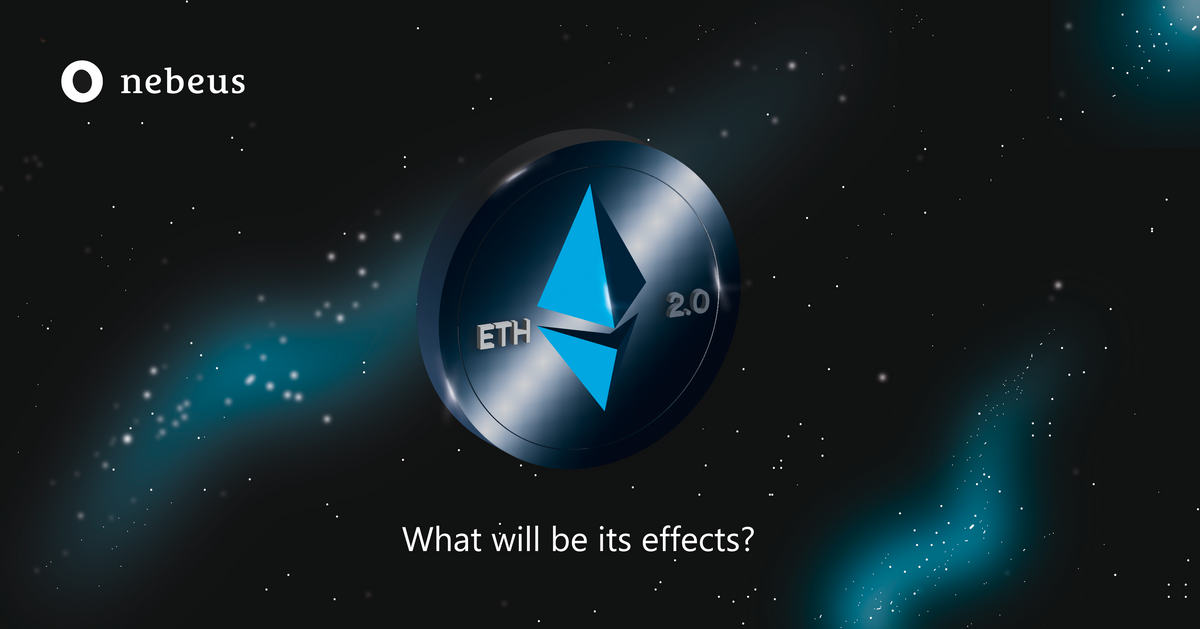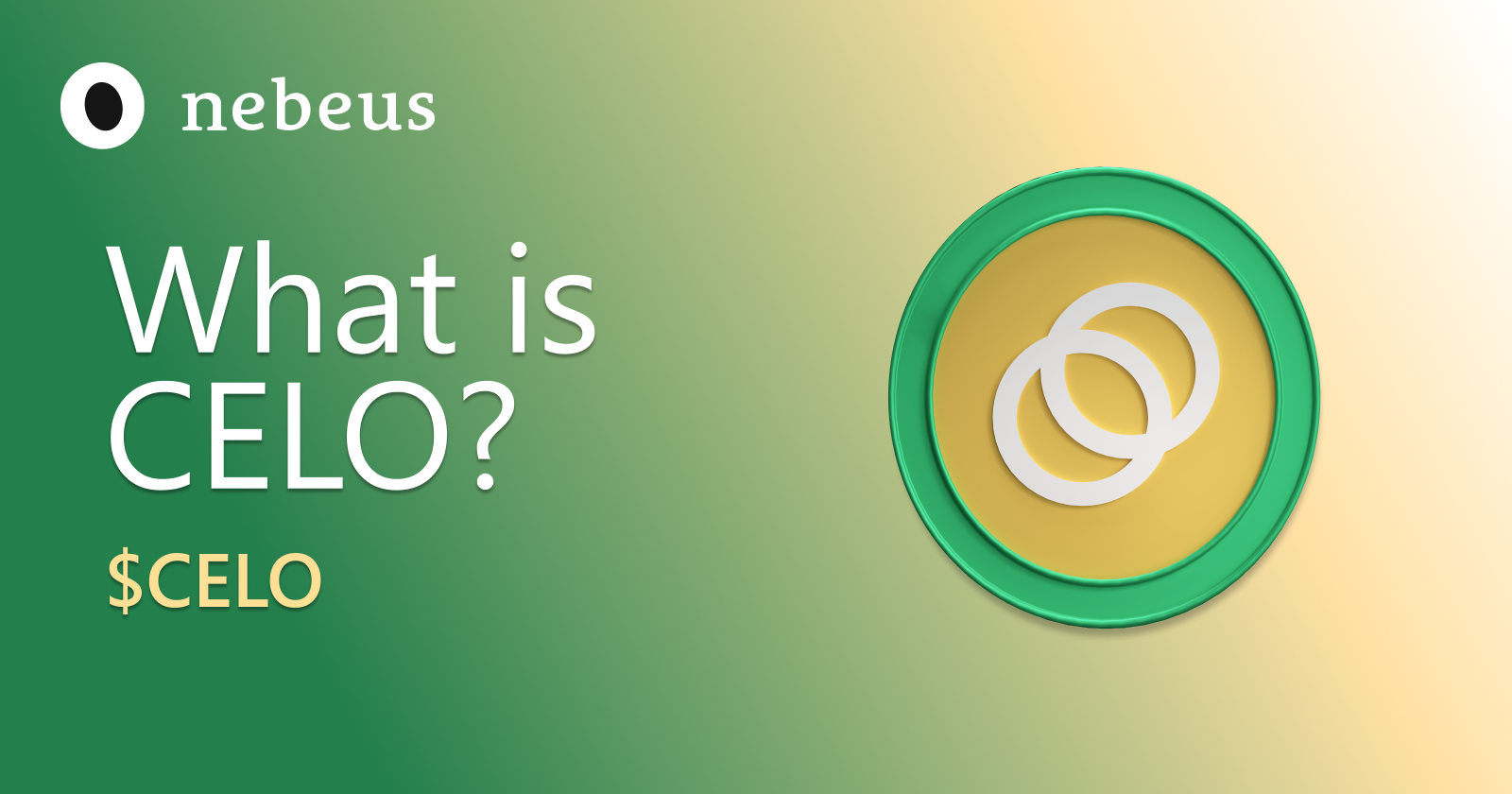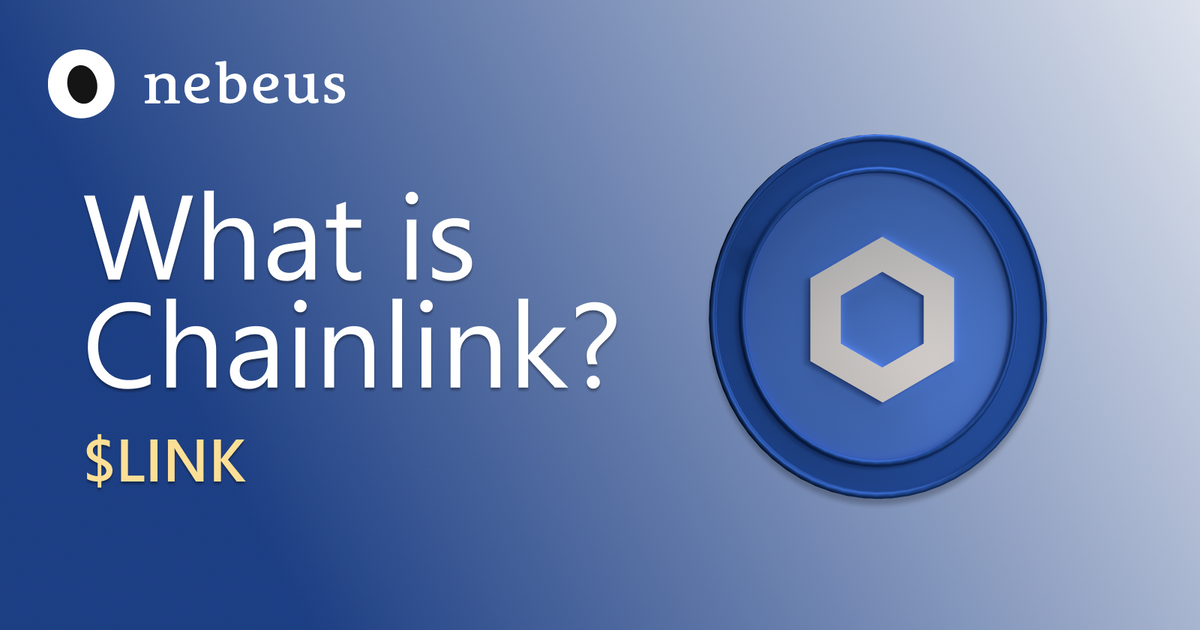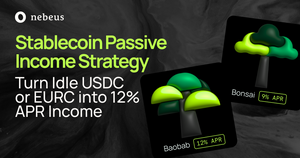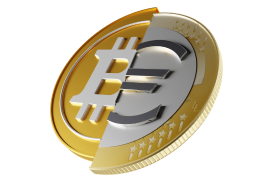Since launching in 2015, Ethereum has rapidly become one of the most trusted cryptocurrencies, second only to Bitcoin in market cap, reaching $487B by the end of 2021. With all of the crypto community well acquainted with Ether, the question on people’s minds in 2022 is ‘What is Ethereum 2.0?’
Ethereum 2.0, or Eth2 or ‘Serenity’, is an upgrade to the Ethereum blockchain, with the aim of improving efficiency, security, speed and scalability of the cryptocurrency. These changes should reduce the current high gas fees, as well as congestion issues in the network, arising when many transactions are happening at any one time, both of which will result in lower fees overall.
These lower fees will come because Ether 2.0 will switch from its current consensus mechanism of ‘proof-of-work’ to ‘proof-of-stake’. The key differences between the two are in the verification of new transactions. Using a PoW mechanism, miners use their machine’s processing power to solve the complex puzzles needed to verify transactions, whereas using PoS, users can stake their native cryptocurrency - 32 ETH - to become a validator, and verify transactions. Those staked and validated transactions can go on to earn passive income on their holdings, for this process. The switch means a diversion away from an energy-reliant system, and towards a system dependent on the stake of coins and tokens only.
A lesser reliance on energy and processing power means a drastic increase in transaction capacity. The current system with Ether right now, allows for approximately 30 transactions per second. Ether 2.0 will boast a capacity of up to 100,000 transactions per second - a colossal difference.
In addition to this, scalability will also be achieved through a process called ‘sharding’. While the PoW blockchain typically relies on nodes or computers storing an entire transactional history, PoS for Ether 2.0 will cut the blockchain into smaller segments, 64 to be exact and of which Ethereum 1.0 will be one, meaning nodes or computers are assigned to only that segment. This allows for more simultaneous, and faster transactions overall.
ETH 2.0 will also have a heavier emphasis on security. While some criticise PoS for its low bar of entry to validate, and low quantity of validators needed to verify, Ether 2.0 will require a minimum 16,384 validators, contributing towards even greater decentralisation, and subsequently, better security.

When will Ether 2.0 launch?
The launch of Ethereum 2.0 has already begun, and will be developing in phases. Phase 0, Phase 1 and Phase 2 will see the full implementation of Ether 2.0.
Phase 0 launched in December 2020, with the primary purpose of establishing Beacon Chain (PoS) to the network; the storage and management of the registry of the validators who will create the blocks for the Ether 2.0 network.
Phase 1, scheduled for H1 2022, will see the switchover from the PoW to the PoS system for the Ether network. The ‘docking’ process will begin during this phase - the merging together of the two ecosystems for the current Ether and Ether 2.0, allowing Ether to be transacted on the Beacon Chain. Those who have staked their ETH on the Beacon Chain, will also be assigned their validator roles. It’s worth noting that Ethereum holders don’t need to do anything - it’s an entirely automatic process.
Phase 2 will allow the aforementioned sharding to be able to take place. Shard chains are expected to be live later in 2022, following the Phase 1 merging.
Ethereum 2.0 Effects
The advantages outlined above should benefit all futures transactions of Ether. Faster transactions, more security and lower transaction fees are all on the horizon. However, many anticipate that the Ether upgrade will result in an increase in value, meaning current Ether holders stand to win big. A decrease in future transaction costs also contributes towards a win for future investors, specifically smaller, casual investors, who may have previously seen the process as unattractive and impractical. This increase will of course contribute towards the increase in value overall.
The upgrades to Ether will also positively impact financial inclusivity overall, offering more opportunities to those without access to traditional banking to transact independently, with enhanced availability to financial products and investment possibilities. In addition, apps currently existing in the Ether ecosystem will automatically switch over, with no loss of transaction history or data.
Ultimately, the future for Ether is bright and should see advantages in security, speed, scale and efficiency. From the unbanked population across the developing world, to casual investors to the crypto whales, everyone should stand to benefit from Ether 2.0.
You can sign up for a Nebeus account to buy, hold, stake and insure your Ethereum investment.
La inversión en criptoactivos no está regulada, puede no ser adecuada para inversores minoristas y se puede perder la totalidad del monto invertido.


